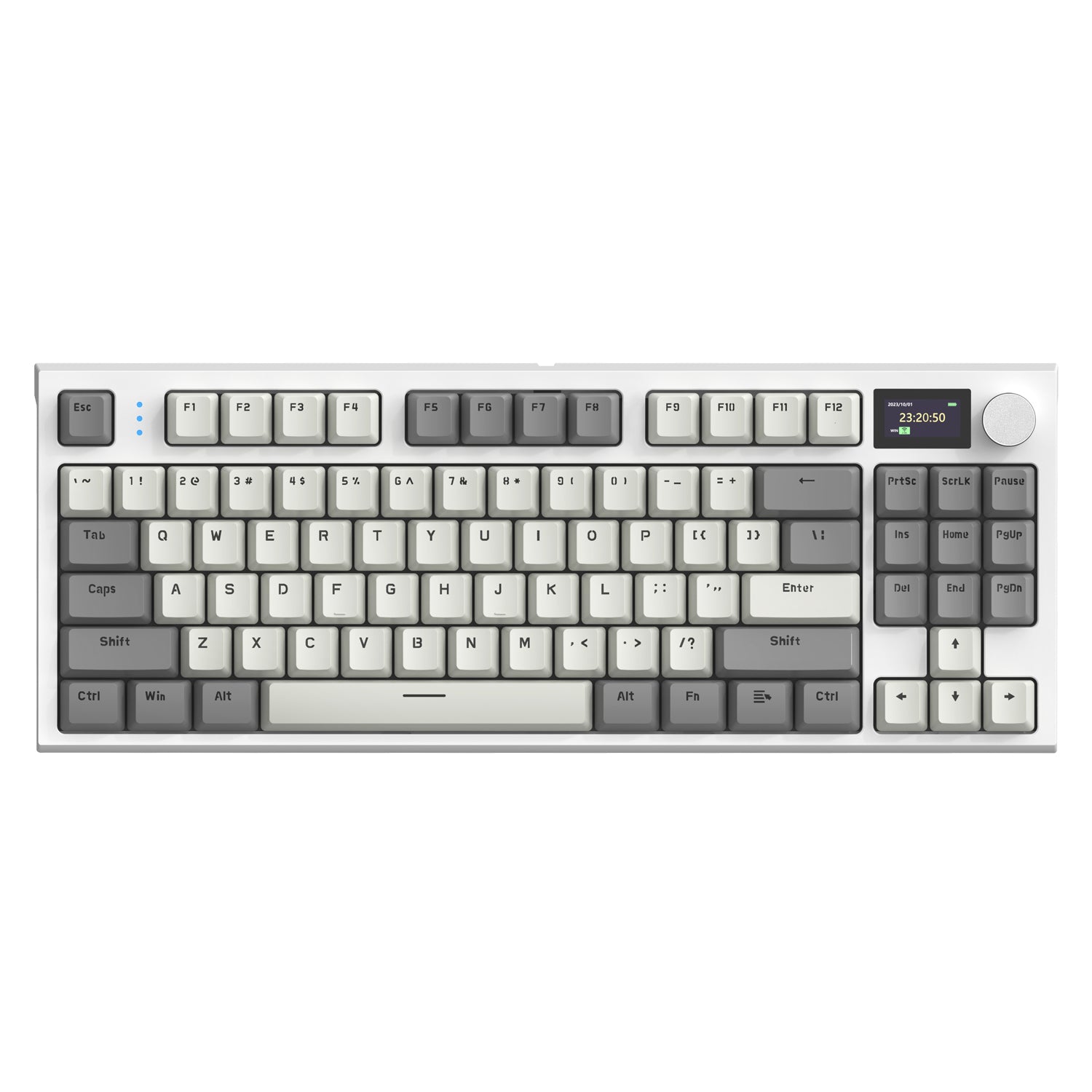Unlock the Ultimate Typing Experience: Discover the Best Mechanical Keyboards You Can't Resist!
Mechanical-switch keyboards have surged in popularity among typists and gamers alike, and for good reason. Unlike traditional rubber dome keyboards, mechanical keyboards offer a distinct typing experience characterized by tactile feedback and improved durability. Users often find that the satisfying click or smooth keystroke enhances their typing speed and accuracy, making it a preferred choice for long hours at the computer. Furthermore, mechanical keyboards come with a variety of customization options, allowing users to tailor the look and feel of their keyboard to suit their personal style. Whether you’re typing up a report or engaging in an intense gaming session, a mechanical-switch keyboard can transform your experience.

Understanding Mechanical Switches
At the heart of every mechanical keyboard are the switches, which play a crucial role in determining the typing experience. Mechanical switches come in three primary types: tactile, linear, and clicky. Tactile switches provide a noticeable bump upon actuation, which can enhance typing accuracy, making them popular among typists. Linear switches, on the other hand, deliver a smooth keystroke without any tactile feedback, preferred by gamers for their swift key presses. Clicky switches offer an audible click sound when pressed, providing both feedback and a satisfying auditory experience. The choice of switch significantly affects not just the sound and feel of the keyboard, but also your overall typing satisfaction, making it essential to understand these differences when selecting a mechanical keyboard.
Key Features to Consider
When shopping for a mechanical keyboard, several key features should be considered to ensure you select one that meets your needs. First, pay attention to the build quality; a sturdy keyboard can withstand vigorous typing sessions and last for years. The keycap material is also crucial, as high-quality keycaps can enhance both the feel and durability of the keyboard. Additionally, backlighting options can not only add aesthetic appeal but also improve visibility in low-light environments. Size matters too; full-size keyboards include a number pad, while tenkeyless models are more compact and portable. Each of these features can significantly impact usability and comfort, so take the time to evaluate them based on your personal preferences and intended use.
Comparing Different Models
With countless mechanical keyboard models on the market, comparing them can be daunting. Start by looking at performance, design, and user reviews. Performance metrics such as response time and key rollover can affect gaming and typing performance. Design aspects, including the layout, color scheme, and keycap style, also play a role in user satisfaction. It’s essential to read user reviews, as they provide insights into how a keyboard performs in real-world scenarios. If possible, try to test different keyboards in-store or at a friend's place to get a feel for the keys and their sounds. This hands-on approach will help you find the right keyboard that aligns with your typing style and preferences.
Price Range and Value
The price of mechanical keyboards can vary widely, typically ranging from budget-friendly options to premium models. Factors influencing pricing include the quality of materials, switch types, and additional features like programmable keys and RGB lighting. While it may be tempting to choose the cheapest option, it’s essential to assess the value based on features and performance. A more expensive keyboard may offer better durability, enhanced typing experience, and additional features that justify the cost. Therefore, consider what aspects are most important to you and weigh them against your budget to find a mechanical keyboard that provides the best value for your needs.
Final Thoughts on Mechanical Keyboards
In summary, mechanical-switch keyboards offer a superior typing experience characterized by tactile feedback, durability, and customization options. Understanding the different types of mechanical switches, key features, and how to compare models will empower you to make an informed purchase. Remember to evaluate the price in terms of value rather than simply cost. As you explore your options, take the time to find the perfect mechanical keyboard that fits your typing style and enhances your overall experience, whether you’re working or playing.








